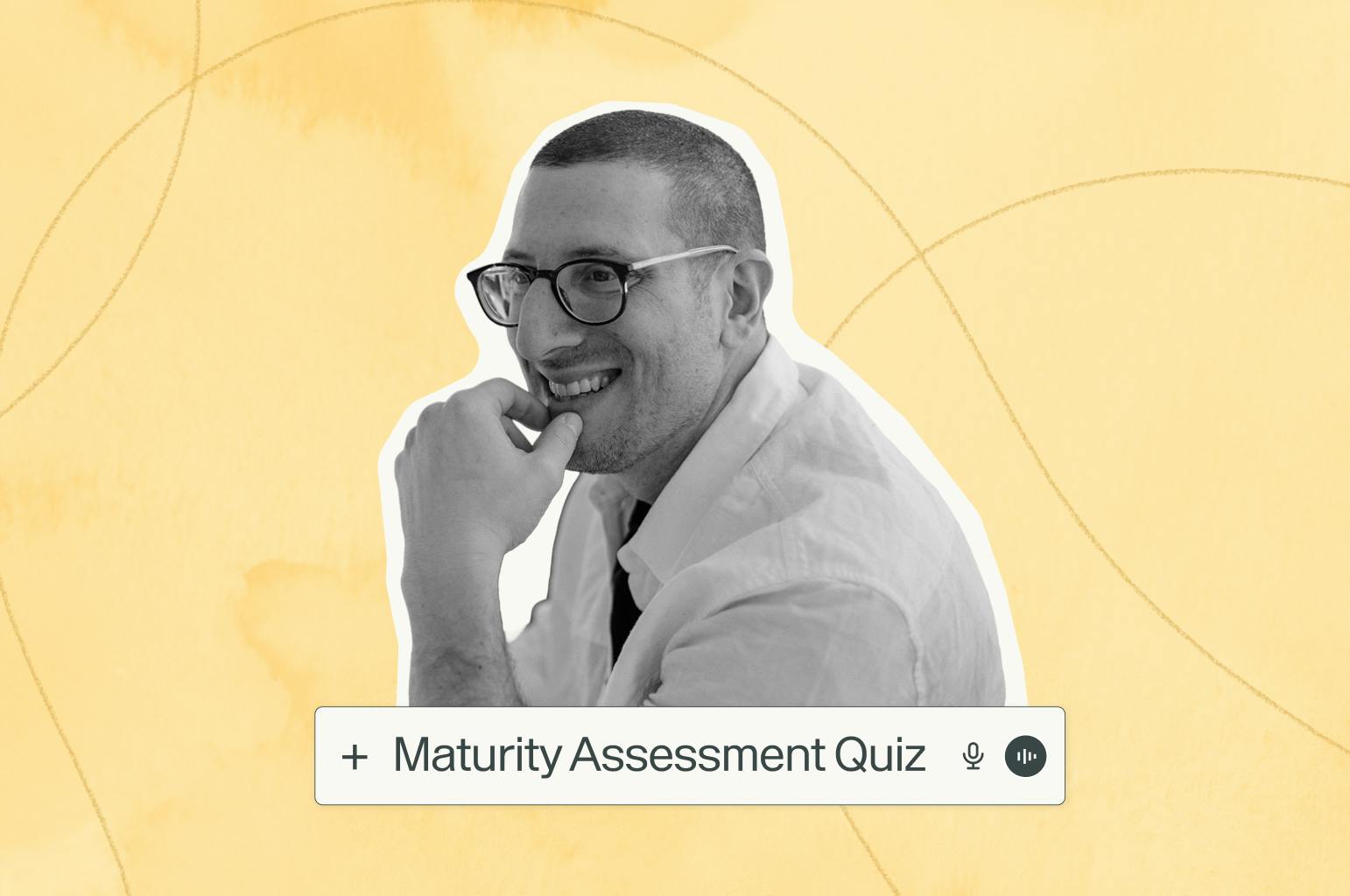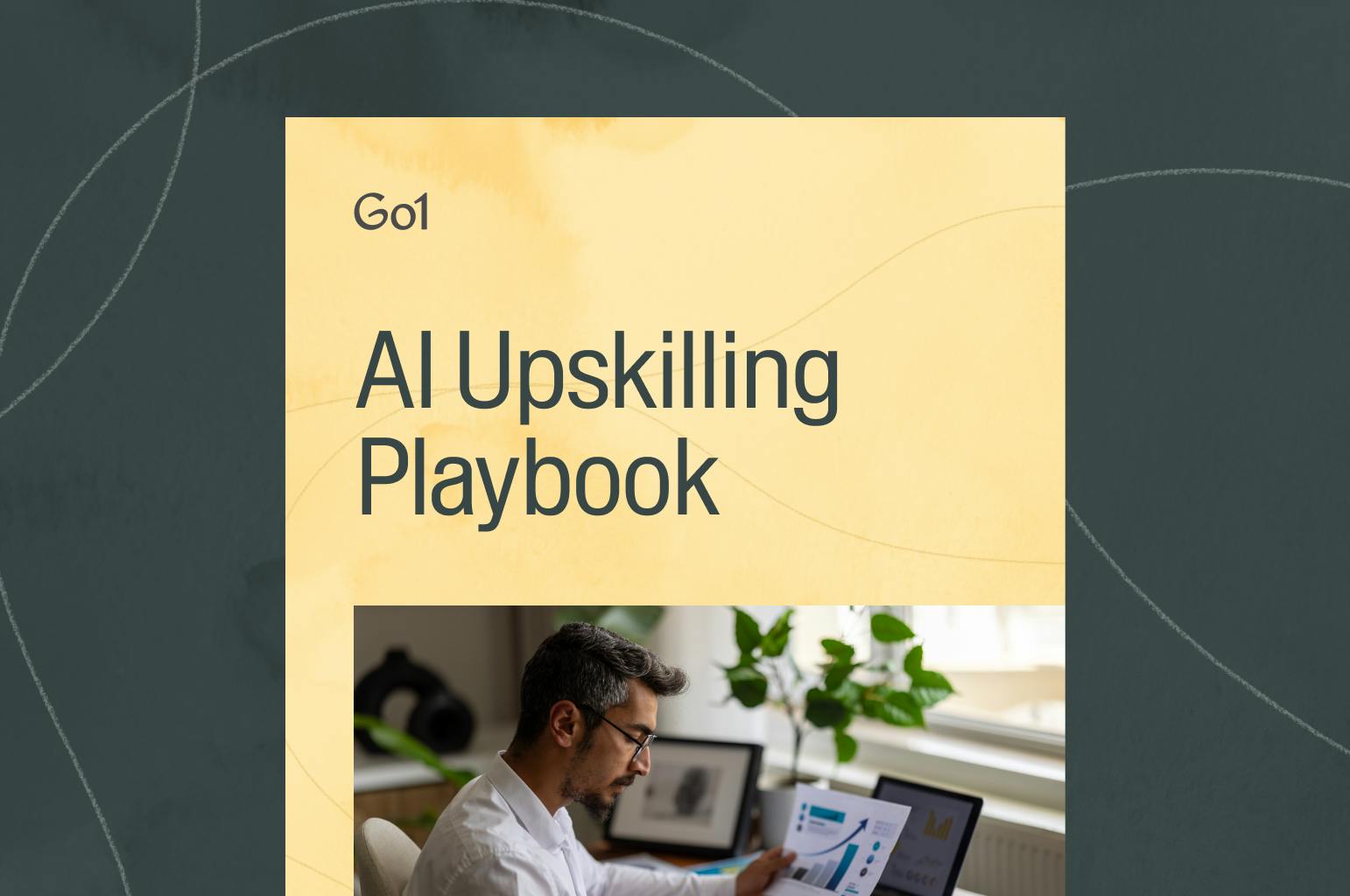How to identify your skill gaps

Globally, the skills gap has widened in recent years. Deloitte estimates that the global skills gap will leave 2.4 million positions unfilled between 2018 and 2028, causing an economic impact of $2.4 trillion. Similarly, a recent survey by McKinsey found that nine in ten executives say their organisations either face skill gaps already or expect gaps to develop in the next five years.
Additionally, 1 in 5 workers admit their professional skills are not up to date, with a further 85% of employees saying they wish their company had offered more new skills training last year.
As a result, it should be no surprise that many employees want to take matters into their own hands. 59% of employees say that they received no workplace training. Instead, most of their skills were self-taught. Likewise, 42% of employees pursued training on their own following last year’s initial lockdowns.
Put simply, the global skills gap is a major concern that will have far-reaching consequences. As such, it has become increasingly important for employees to identify their skill gaps so they can access the upskilling or reskilling they need.
With this in mind, we’ve decided to analyse the best ways to identify your skill gaps, offering six ideas to help you get ahead.
Define your professional goals
First things first, it is imperative that you have clearly defined professional goals to help you narrow down your skill gaps. After all, it’s no good identifying ‘cement mixing’ as a skill gap if your dream is to become a librarian. While this might be a slightly exaggerated example, defining your professional goals will help you identify clear, relevant, and achievable skill gaps.

It might help to write a list of professional goals, accompanied by a list of your current skills and proficiencies and another list of the skills you think will be required to achieve your goals. This can be an excellent opportunity for self-reflection, as well as a chance to take stock of your current skill set. From there, you can narrow down the most pressing skills that you need to develop.
To avoid getting overwhelmed, try to prioritise these skills in order of urgency and work through your list at a methodical pace.
Ask your colleagues
Sometimes, we just don’t know what we don’t know. At times like these, it can be helpful to get an outside perspective. For example, you might ask your colleagues to write down your five greatest strengths and weaknesses. Ensure these are constructive criticisms based on your professional output, not weaknesses like ‘plays music too loudly through their headphones’.
Likely, there will be some overlap between the responses you receive. If so, these common weaknesses are probably skill gaps that you should address. By finding these common themes, not only can you reinforce what you are already doing well, but, more importantly, you can identify what skills you need to work on.
You could also ask your manager or other senior leaders in your organisation for tips on how you can grow your skill set. Following this, you might collaborate with your manager to create a professional development plan. Remember, identifying your skill gaps doesn't have to be a solo mission. It is usually a good idea to gather a variety of perspectives to ensure you have a well-rounded view of your skills.
For more tips on identifying your skill gaps, be sure to read our articles on closing the skills gap and what you need to know about the skills gap.
Research in-demand skills
According to SkillSoft, 81% of roles will change in some way due to digital transformation. Further, 57% of employees are concerned that significant parts of their role will be replaced by technology in the next ten years. As such, employees must focus not only on identifying current skill gaps but also on developing future-ready skills.

Given this, it is vital to stay abreast of the most in-demand skills. For instance, LinkedIn’s 2020 Workplace Learning Report identified the highest and lowest priority skills for L&D professionals. Leadership management (57%), creative problem solving and design thinking (42%), and communication (40%) topped the list, while at the other end, mobile computing (9%), engineering and coding (8%), and cloud computing (8%) were lower priority skills.
Similarly, SkillSoft found that the following digital skills training would help employees the most in adapting to the transformation of their role: Microsoft Office training (59%) video-based microlearning (50%), collaboration training (48%), Social for Business training (37%), G Suite training (35%), and Adobe Creative Cloud training (34%).
To identify current and future skill gaps, ensure you stay up-to-date with the most in-demand skills in your field.
Look to experts in your field
This tip is simple: research a few experts and thought leaders in your field to see what skills they currently have, what skills they want to develop, and what skills they are prioritising for the future. Then, compare these findings to your current skill set. If common skills arise that you don’t currently possess, it’s probably a good idea to add these to your list.
Ideally, this process should give you a solid foundation to work from, revealing the skills most likely to lead to expertise in your chosen field.
Ultimately, success breeds success, so it is rarely a bad idea to emulate the experts in your field.
Surround yourself with relevant information
In general, it's far easier to identify the skills we already have than the skills we lack. Again, we often don’t know what we don’t know. So, immersing yourself in relevant information can be an excellent way to identify your skill gaps.
Most people probably know the feeling of reading an article or listening to a podcast and thinking, ‘I’d love to learn more about that.’ Following thought leaders and surrounding yourself with pertinent podcasts, books, and articles can be a great way to gain knowledge and uncover new skills that you would like to develop.
We might be a tad biased, but the Go1 Blog and the Learning with Go1 podcast are excellent places to start on this journey.
Learning made simple

Related Articles

Application Guide: How to use the Go1 AI for L&D Maturity Assessment to assess our workforce AI capability

AI upskilling made clear: A practical guide to building an AI-ready workforce

Go1 welcomes PepTalk

5 Data-Backed Insights Shaping the Future of AI in Workplace Learning

Train smarter, spend less
Train smarter,spend less
Connect with a Go1 expert to explore the best training options for your organization—no pressure, just solutions that work.